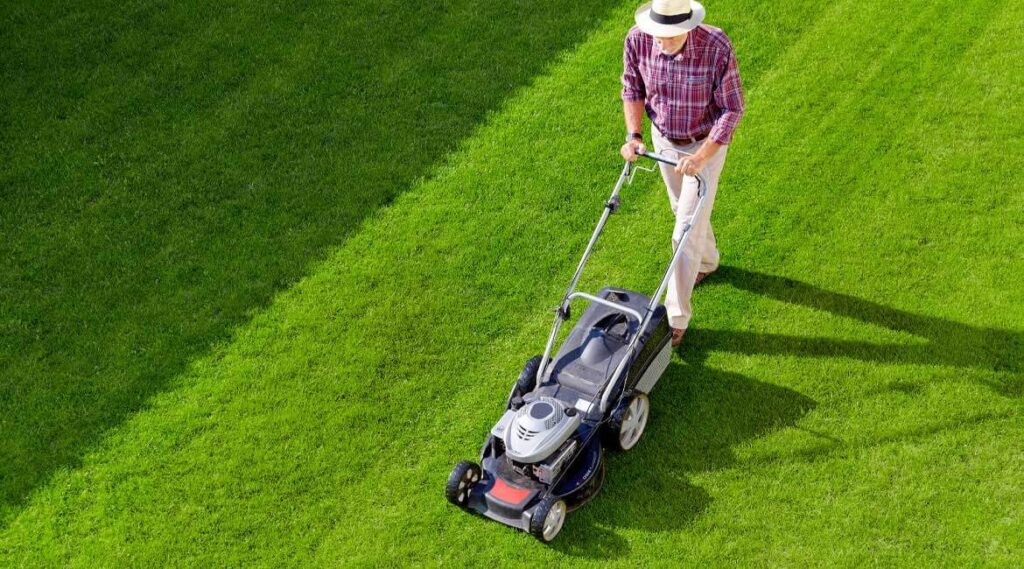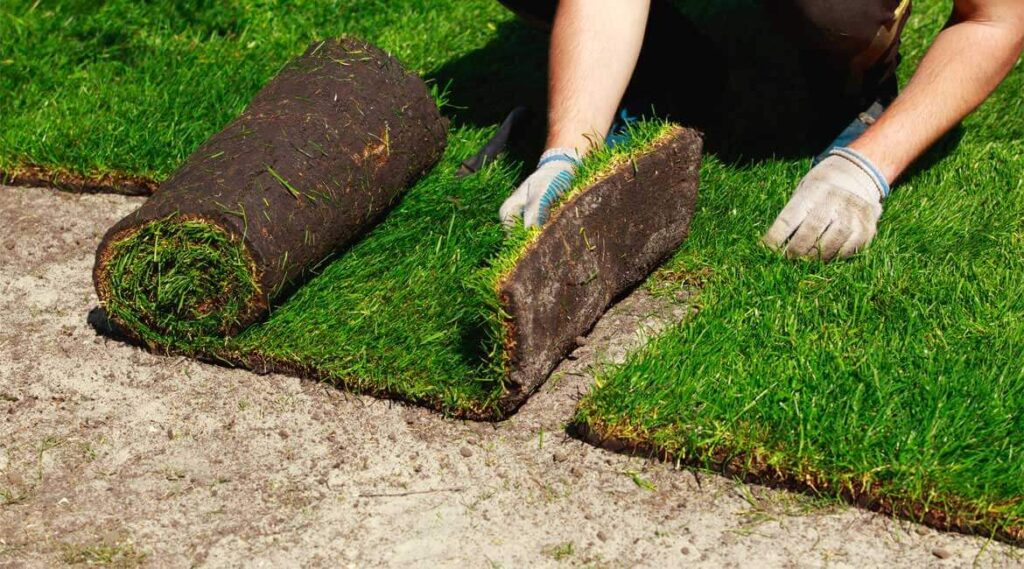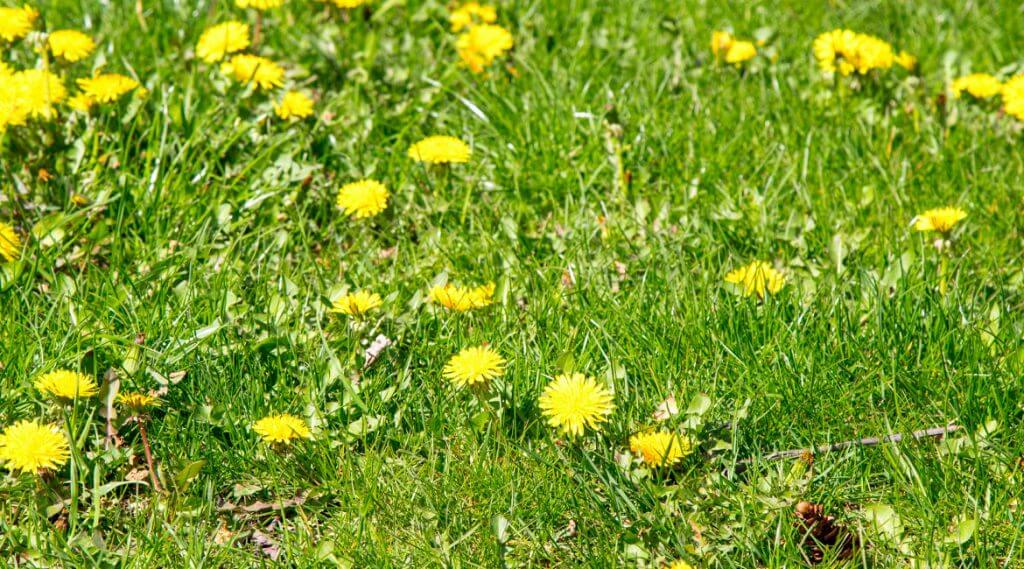First, let’s remember that mowing is an important activity for the health of your lawn. Here are a few tips to help you get a durable and healthy lawn :
1. Sharpen your blades properly
Did you know that rusty and poorly sharpened blades can damage your lawn? In fact, ripped grass are more susceptible to disease and weed invasion than well-cut grass, which regenerates more quickly and easily after mowing. Our Nutrite Experts recommend sharpening your mower blades once or twice a season – especially in the fall when you store your gardening tools before winter. See our article.
2. Mow regularly
Of course, the frequency of mowing depends on the growth of your lawn. Ideally, you should mow regularly to keep your lawn green and dense and avoid overloading your mower with too much grass. Generally, it would be better to mow your lawn every 5 days during the active growth period. In the summer, you may want to space out your mowing sessions about every two weeks. IMPORTANT: never mow during a heat wave. This stress on your lawn may cause it to turn yellow and overheat in a short period of time and for several weeks !
Do you know about tillering?
The grasses that make up our lawns have the particular ability to create new stems from the stump, and therefore to spread out horizontally. This phenomenon is known as tillering. By promoting tillering, you can ensure optimum density and, consequently, a healthier lawn.
How to encourage tillering?
When the lawn is very young, rolling brings all the stems into contact with the soil to encourage rooting. Then, regular mowing allows the tillers to develop to their full potential. By preventing the grass from going to seed, we optimize the production of stems and therefore the lawn’s thickness.
Adopting a regular mowing schedule is your best ally in promoting a dense, healthy lawn. Mow little at a time, but more often for the best possible results!
3. Mowing at the end of the day
The ideal time to mow your lawn is in the late afternoon or early evening when it is dry after a sunny day. If you mow in the morning, your lawn may still be covered with morning dew. Mowing a wet lawn would be a more difficult job for your mower, especially since you could slip and injure yourself.
4. Adjusting the mowing height
Mowing height varies with the season. You start in the spring with a mowing height of about 5 cm. This height will allow the soil to warm up more quickly and promote growth.
In spring and fall, the ideal mowing height is between 5 and 7 cm. In summer, it is important to keep your lawn between 8 and 10 cm high to preserve soil moisture and help prevent unwanted insect infestation. The higher your lawn is, the longer the roots will be. This will help a lot during hot weather. Of course, it would be better to avoid mowing during a heat wave as your grass will go dormant to protect itself and better resist drought.
5. Mowing 1/3 of the total length
Each time you mow, you should only cut 1/3 of the total length of the grass. This means that if the height of the lawn is 9 cm, you cut a maximum of 3 cm and leave 6 cm. However, if you are going to be away for a few days or if several days of rain prevent you from mowing, it is preferable to cut the first third as soon as possible and mow again a few days later. This method will allow you to resume a more regular mowing rhythm.
6. Leaving clippings on the lawn (grasscycling)
Leaving grass clippings on your lawn can be very beneficial. As the grass clippings decompose, they add organic matter and nutrients to the soil. However, if your lawn is infested with unwanted grasses, it is best to collect the clippings to prevent the infestation from spreading throughout your yard.
Your Nutrite Expert is your best ally and together we contribute to beautify your green spaces. If you have any questions, contact your Nutrite Expert, your ally for a durable and healthy lawn!




